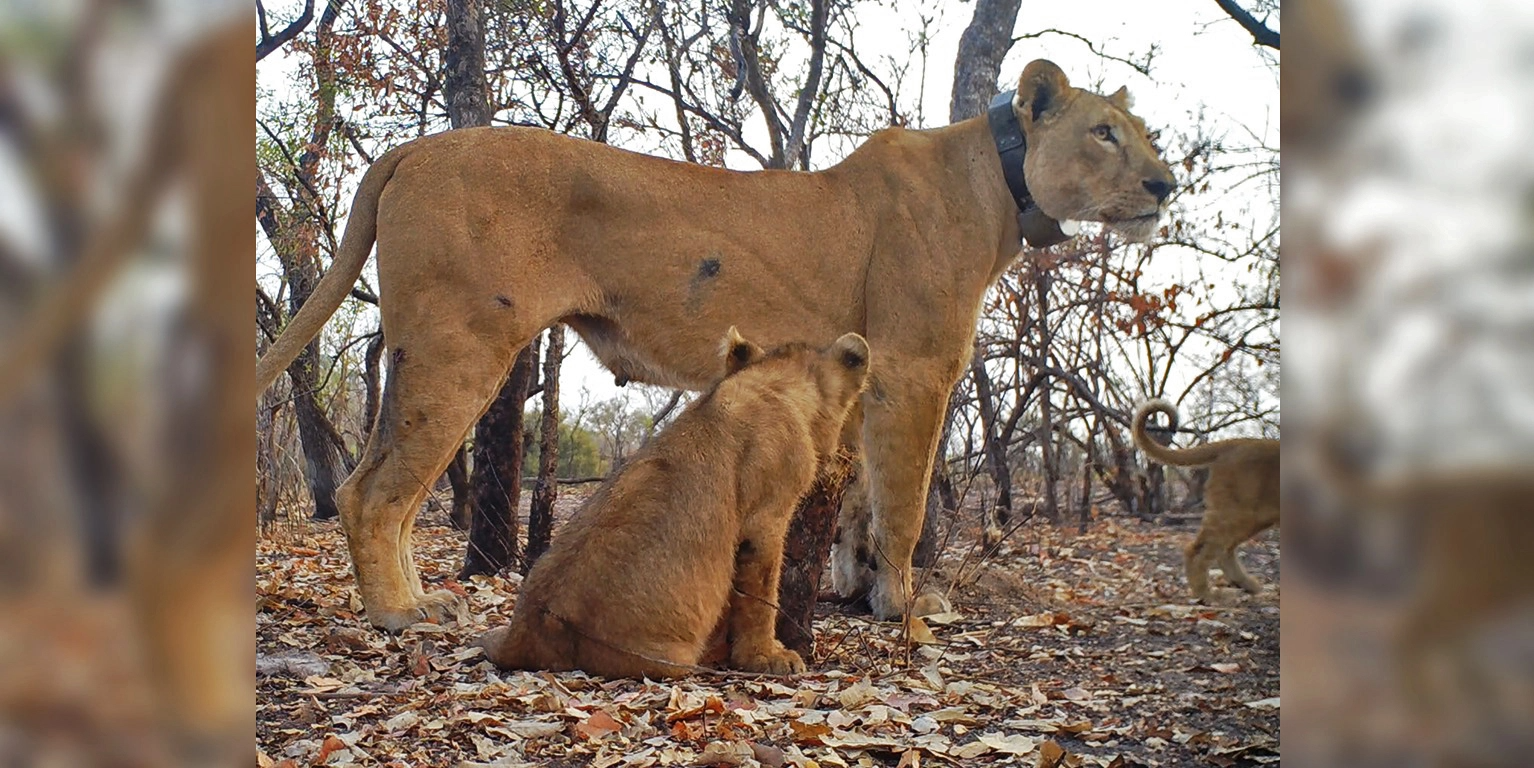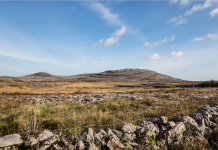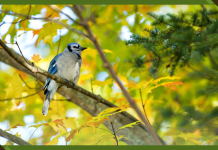Written by: Liz Kimbrough
New video of a West African lioness and her three cubs is exciting news for the conservation community, sparking hope for the slow recovery of a population perilously close to extinction in Senegal’s Niokolo-Koba National Park (NKNP).
The lioness featured in the clips is known to researchers as Florence or “Flo.” She was the first lion fitted with a tracking collar in Senegal by Panthera, a global wild cat conservation organization, and Senegal’s Department of National Parks (DPN). At around 10 years old, she’s considered NKNP’s matriarch.
Scientists have been monitoring Flo for several years. So when her GPS collar stopped working, they were concerned she might have been killed by poachers or predators.
The team placed camera traps near Flo’s last known location in an attempt to locate her. Photos and videos from the cameras later revealed that not only was Flo still alive, but that while denning in the dense forest, she had given birth to three healthy cubs.
Smaller in size and genetically distinct from other lions, West African lions are considered critically endangered. Only an estimated 120 to 374 West African lions remain in the wild. Florence is the mother of an estimated nine cubs, including the first males in NKNP.
“When the history of Niokolo Koba’s recovery is written, this moment will mark a turning point and Florence above all others will likely be recognized as the critical driver of West African lion recovery in one of this big cat’s last strongholds,” Panthera regional director Philipp Henschel said in a statement.
Along with Flo, scientists found another lioness on their camera traps, a lone female rescued by the Panthera-DPN team in 2022. Thick porcupine quills had injured this lioness in her face, which had made it hard for her to eat and could have eventually killed her. The scientists and a vet anesthetized her and took out the quills, giving her another chance at life.
West African lions have experienced severe population declines as a result of illegal hunting of their prey, poaching for the illegal wildlife trade, direct killing due to livestock depredation, and habitat loss. Today, lions are found in only one percent of their original range in West Africa. Their last stronghold in NKNP is a UNESCO World Heritage Site.
Panthera began monitoring the small West African lion population in Senegal in 2011. Since it hired highly trained anti-poaching brigades, it has seen the lion population more than double, from 10-15 individuals to 30.
“Poachers enter the park with firearms and bicycles to target wildlife for meat or body parts — and in the absence of a properly funded ranger force, were able to gradually whittle wildlife populations down to a fraction of their former densities,” Peter Lindsey, director of the Lion Recovery Fund, wrote in a 2022 post for Panthera.
Panthera and Senegal’s DPN say they’ve expanded counter-poaching operations in the past two years, focusing especially on the southeastern portion of NKNP. Their hope is that the national park’s lion population will reach 100 individuals by 2030, and will be robust enough to persist into the future.
This article originally appeared on Mongabay







